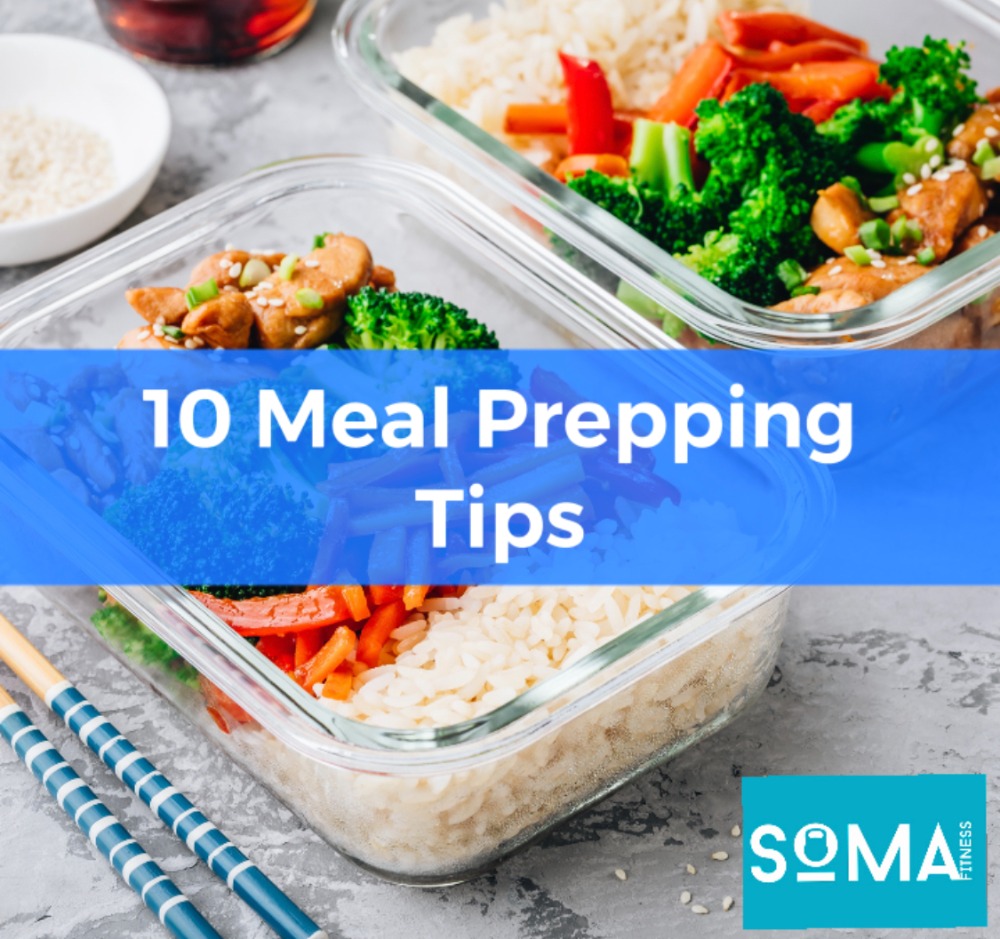Why am I not losing weight?

Losing weight is a common goal for many people, but it can also be a frustrating and challenging journey. If you’ve been working hard to shed pounds and haven’t seen the results you desire, it could be due to several reasons. Here are some of the most common reasons why you may not be losing weight and what you can do about it.
Habits: Your daily habits play a significant role in your weight loss journey. Poor eating habits, such as skipping meals, snacking, overeating, and eating high calorie low nutrient foods, can sabotage your efforts. You need to establish healthy habits, such as consuming you planned meals, staying hydrated, and getting adequate sleep, to support your weight loss goals. A personal trainer can help you navigate through the process of replacing bad habits with good habits to keep you on track.
Nutrition Adherence: To lose weight, you need to create a calorie deficit, which means consuming fewer calories than your body burns. To do this, it’s essential to be consistent with your eating habits and make sure you’re eating nutritious foods that support weight loss. Fad diets and restrictive eating plans are not sustainable, and it’s crucial to have a balanced, healthy diet that includes a variety of foods. If you are staying on track all week and on the weekends you are going off plan it is likely you have un done all your hard work throughout the week. If you are socialising on weekends, it is important that you plan and prepare ahead using a method called calorie banking or selecting lower calorie options on the menu so that you can stay within the constraints of your deficit. A good personal trainer can guide you through the process when you eventually hit dates in your diary when social events take place. This doesn’t mean that you cannot have a good time it just means that a level of planning and mindfulness needs to be addressed so that you don’t spiral out of control and undo the weekly deficit that you have kept consistent.
Inconsistency with Exercise: Exercise is an essential component of weight loss. It helps to burn calories and build muscle, which can increase your metabolism. But, if you’re inconsistent with your exercise routine, it can be difficult to see results. To get the most out of your workouts, aim for consistency, gradually increasing the intensity and duration of your exercises over time. Often times exercises can act as your deficit however when consumption of the same amount of calories is present and your missing your scheduled training sessions then it would be a good idea to consume less calories on these days so you can stay within maintenance or within a slight deficit.
Not Putting Your Health as a Priority: Losing weight is a journey, and it requires commitment and dedication. If you’re not putting your health as a priority, it can be challenging to stick to your weight loss plan. Make a commitment to yourself to prioritise your health, and establish habits and routines that support your weight loss goals. Individuals place socialising or fashion as a priority and place their health at the bottom, health should be at the top investing in a personal trainer or a gym membership should prioritise those expensive nights out over the weekend and those funky Balenciaga trainers.
Stress and Hormonal Imbalance: Stress and hormonal imbalances can also contribute to weight gain or difficulty losing weight. Chronic stress can lead to overeating and a sedentary lifestyle, while hormonal imbalances can affect your metabolism and disrupt your weight loss efforts. If you’re struggling with stress or hormonal imbalances, a personal trainer can help you with these factors addressing your responses to certain situations and creating habits to try to reduce stress like improving sleep hygiene reducing alcohol and substance abuse. Seeking professional help is a valuable tool to help you to combat stress and understanding the psychological aspects behind your responses to stressors.
In conclusion, losing weight is not just about following a diet and exercise routine. It requires a holistic approach that includes healthy habits, consistency, and a commitment to your health. If you’re not seeing the results you desire, reassess your approach and make changes as needed. Remember, weight loss is a journey, and progress may not happen overnight. Be patient, stay focused, and celebrate your progress along the way.









 When we exercise, our bodies require energy to cause our muscles to contract, resulting in movement, cardiac muscle to contract more frequently and powerfully to increase blood flow and smooth muscle, such as the muscles in our respiratory system, to increase the amount of oxygen we take into our bodies. Energy can otherwise be called Adenosine Triphosphate (1 molecule of adenosine and three molecules of phosphate) or ATP for short. The body has 3 systems that it can create ATP from and, although we always use all 3 simultaneously, there will always be one system that is much more predominant than the others, based upon the activity and environment you’re in. This article will go more in-depth about the ATP-PC system or Alactic System and also how you can focus you’re training to improve its efficiency to further benefit your performance in the gym.
When we exercise, our bodies require energy to cause our muscles to contract, resulting in movement, cardiac muscle to contract more frequently and powerfully to increase blood flow and smooth muscle, such as the muscles in our respiratory system, to increase the amount of oxygen we take into our bodies. Energy can otherwise be called Adenosine Triphosphate (1 molecule of adenosine and three molecules of phosphate) or ATP for short. The body has 3 systems that it can create ATP from and, although we always use all 3 simultaneously, there will always be one system that is much more predominant than the others, based upon the activity and environment you’re in. This article will go more in-depth about the ATP-PC system or Alactic System and also how you can focus you’re training to improve its efficiency to further benefit your performance in the gym.
Recent Comments